The Federal Reserve is printing less money – so why have markets hit record levels?
America’s central bank has started “tapering” – cutting back on its quantitative easing programme. But instead of markets falling, they’re hitting record highs. John Stepek explains what’s going on.

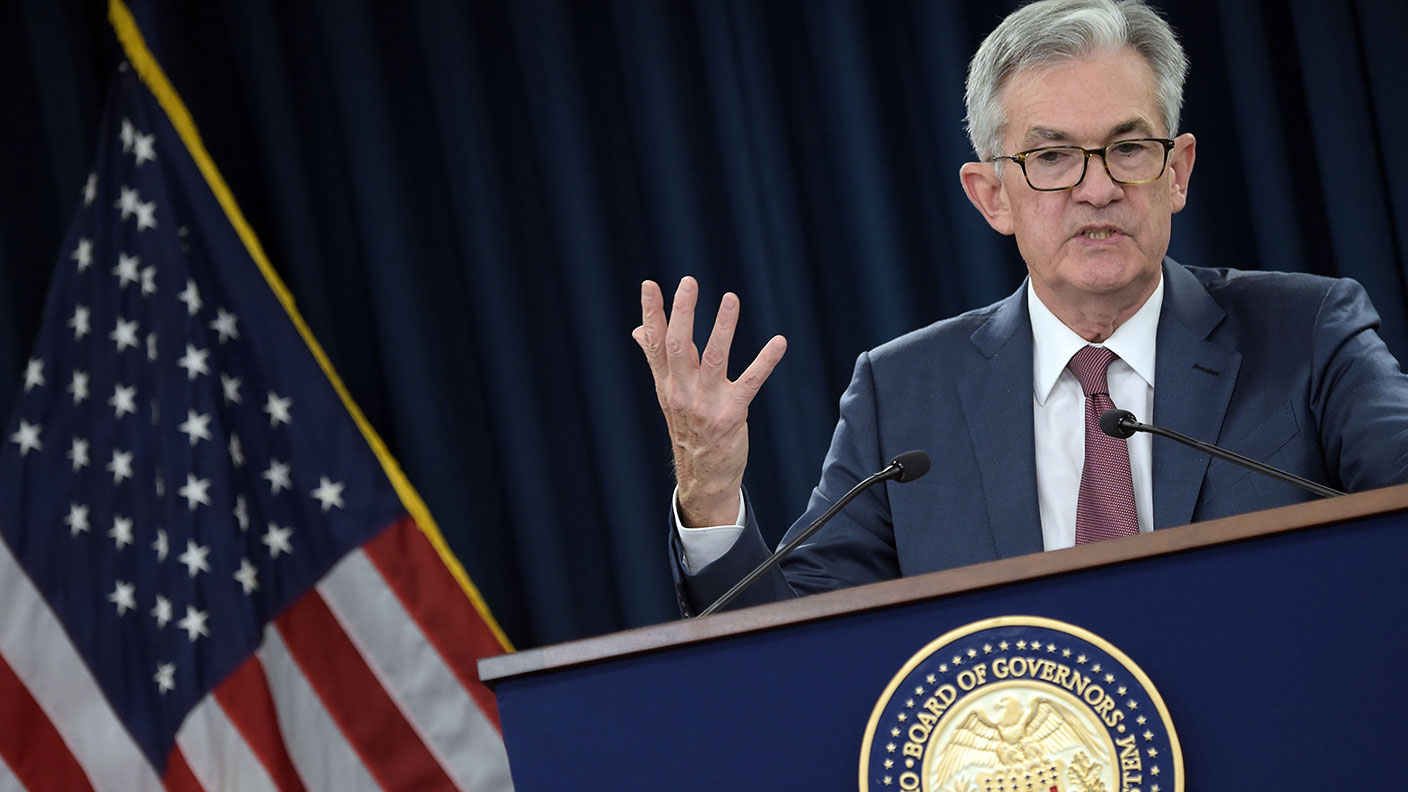
Last night the Federal Reserve, America’s central bank, did what it’s been promising to do for a long time now.
It started “the taper”.
What effect would this have? How would liquidity-glutted markets react to the news that the US central bank would stop printing quite as much money to buy US government bonds (and sundry other assets)?
MoneyWeek
Subscribe to MoneyWeek today and get your first six magazine issues absolutely FREE

Sign up to Money Morning
Don't miss the latest investment and personal finances news, market analysis, plus money-saving tips with our free twice-daily newsletter
Don't miss the latest investment and personal finances news, market analysis, plus money-saving tips with our free twice-daily newsletter
Why they promptly shot up of course.
A quick reminder of how markets work
The taper has begun. What’s a taper, in the financial context? If you prefer to ingest your definitions via the medium of video, just have a look here.
Otherwise, “tapering” is just a recently-invented term which describes a reduction in the amount of quantitative easing (QE - printing money to buy government debt or other assets) a central bank is doing.
It came into widespread use in May 2013. That’s when Ben Bernanke, who was the boss of the Federal Reserve at the time, started to talk about reducing the amount of QE the Fed was doing.
Note that Bernanke just talked about it. He didn’t actually start to taper for a little while after that. That’s because the markets threw a massive hissy fit in what became known as the “taper tantrum”. That bout of panic saw the Fed hold off on tapering until the very end of that year.
Fast forward to yesterday. The current Fed governor, Jerome Powell, said that the central bank will stop buying as much government and mortgage-backed debt right away. The Fed has been pumping $120bn a month into the market in all. From this month, that’ll fall to $105bn, then to $90bn in December, and by June, it’ll be done (assuming the pace is maintained).
So – the Fed is cutting the amount of money printing it’s doing. When it even mentioned the idea in 2013, markets swooned. Yesterday, both the Nasdaq and the S&P 500 hit new records, with each of them heading sharply higher after the news.
So why did stock markets pop higher this time around? In short, it’s because the Fed was less aggressive than expected.
One thing you must always remember as an investor is this: markets are constantly discounting the future. In other words, all of the market participants are constantly trying to work out what’s going to happen next, which leads to markets overall “pricing in” a version of the future.
Markets don’t always do this as efficiently as academia might suggest (if they did, we’d have the perfect prediction mechanism and, weirdly enough, markets would cease to work because there’d be no incentive to participate in them).
But they are generally pretty good at it.
If you’re struggling to wrap your head around this, just think about your own activity as an investor. Why do you buy any asset today? It’s because you think it’s going to appreciate in value in the future. You are placing a bet today which is based on your best understanding of an uncertain tomorrow.
If something is almost 100% likely to happen, then you are unlikely to be able to make money from it. For example, if a company receives a credible bid from a rival buyer, then its share price will almost instantly rise to reflect the price that the buyer promises to pay for it. The deal hasn’t completed yet – but the market “prices it in”, because it’s almost certain to happen.
This, by the way, is one reason why it’s not easy to beat the market. You have to find situations where the market is mis-pricing the future. That usually implies that you have to have an “edge” – you know something that the market doesn’t, which gives you high conviction that the market is undervaluing the odds of a certain outcome.
That’s contrarian investing. I wrote a lot more about this in my book, The Sceptical Investor (which you can get free if you subscribe to MoneyWeek today!)
The Fed is making it clear that it won’t worry about inflation for a while
But back to the topic at hand. The reason markets spiked is because they had expected the Fed to be more aggressive than it actually was.
For a start, the Fed stuck to the idea that inflation is “transitory”. This implies that interest rates won’t need to go up as rapidly or as sharply as some fear. Whether that’s the case or not (I don’t think it’s transitory) is not relevant here.
The point is that the Fed is sticking to the story that it doesn’t need to worry that much about inflation. That’s “dovish”. Moreover, Powell said that he expects this “transitory” inflation to last “until well into next year”.
That’s important. Most of us might think that “transitory” means “won’t last long”. Powell instead is using it in the sense of “this is inflation that we aren’t going to worry about”.
Powell also noted that while the Fed could adjust the pace of the tapering, “we wouldn’t want to surprise markets”. He also pointed out (again) that the Fed won’t be in a hurry to raise interest rates, even after the tapering is done.
Long story short, the Fed is still at pains to reassure investors that everything is just fine and that it’s got their backs. That state of affairs could last for some time. Hence the rise in stocks.
It’s also worth noting that earlier in the day, economic data had turned out to be extremely strong. That would have given the Fed a licence to err on the hawkish rather than the dovish side. So there was probably an element of relief that the central bank stuck to the script.
Anyway – what’ll now be interesting is how the rest of the world’s central banks act. The Bank of England is expected to raise rates (a bit) later today. One thing that could keep the bull market going is if the Fed lags the rest of the globe, which would help to keep the US dollar from rising too sharply, and thus encourage ongoing risk appetite.
But we’ll see what happens later today.
Get the latest financial news, insights and expert analysis from our award-winning MoneyWeek team, to help you understand what really matters when it comes to your finances.
John Stepek is a senior reporter at Bloomberg News and a former editor of MoneyWeek magazine. He graduated from Strathclyde University with a degree in psychology in 1996 and has always been fascinated by the gap between the way the market works in theory and the way it works in practice, and by how our deep-rooted instincts work against our best interests as investors.
He started out in journalism by writing articles about the specific business challenges facing family firms. In 2003, he took a job on the finance desk of Teletext, where he spent two years covering the markets and breaking financial news.
His work has been published in Families in Business, Shares magazine, Spear's Magazine, The Sunday Times, and The Spectator among others. He has also appeared as an expert commentator on BBC Radio 4's Today programme, BBC Radio Scotland, Newsnight, Daily Politics and Bloomberg. His first book, on contrarian investing, The Sceptical Investor, was released in March 2019. You can follow John on Twitter at @john_stepek.
-
 ‘Why I have ditched my Help to Buy ISA for cash savings and the stock market’
‘Why I have ditched my Help to Buy ISA for cash savings and the stock market’Without the 25% bonus, my Help to Buy ISA is effectively redundant, says MoneyWeek writer Sam Walker.
-
 Is your inheritance tax allowance cut if you sell to downsize or sell your home to pay for care?
Is your inheritance tax allowance cut if you sell to downsize or sell your home to pay for care?Downsizing relief is a little-known benefit that could save your loved ones tens of thousands of pounds in inheritance tax after you’ve died.
-
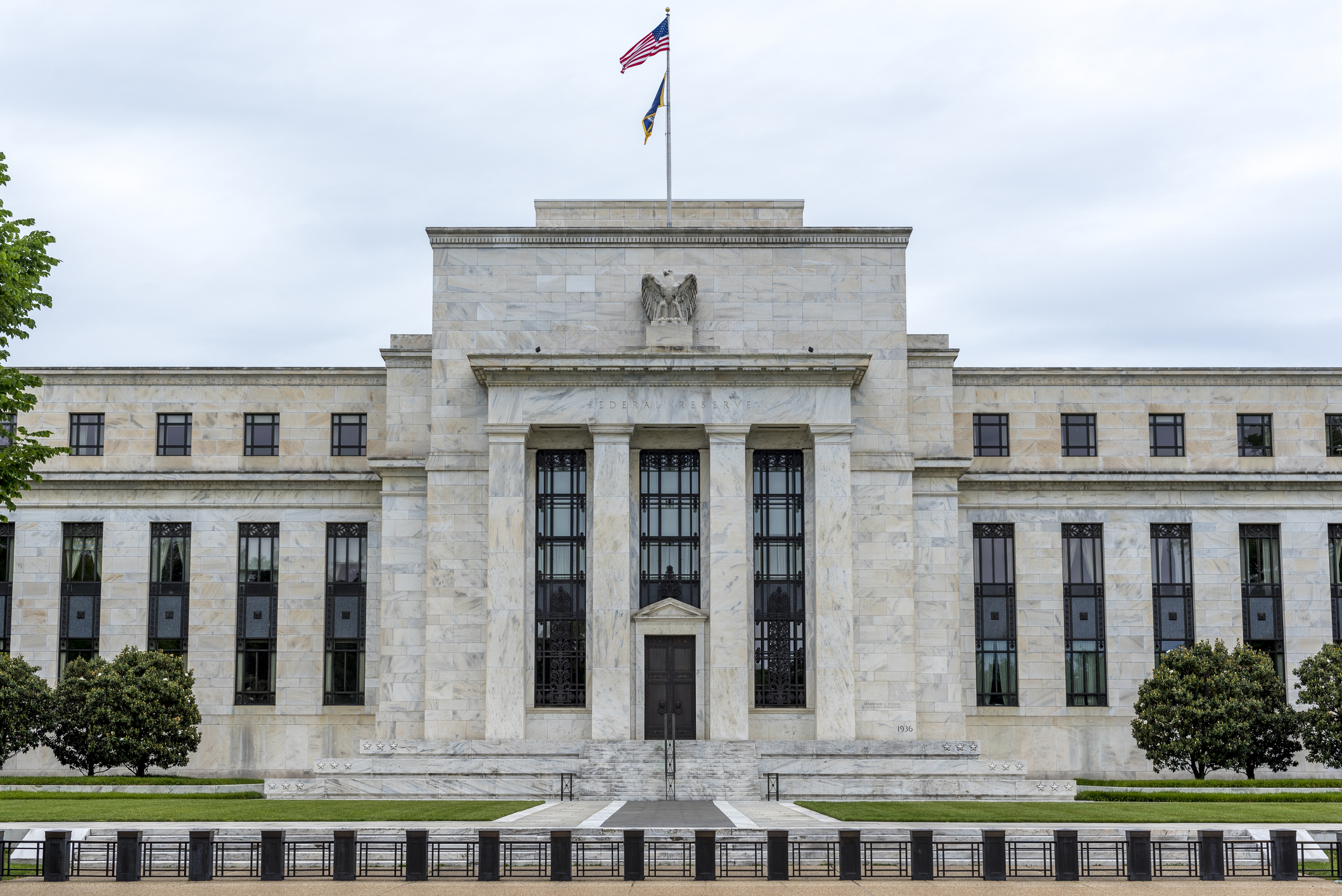 'Governments are launching an assault on the independence of central banks'
'Governments are launching an assault on the independence of central banks'Opinion Say goodbye to the era of central bank orthodoxy and hello to the new era of central bank dependency, says Jeremy McKeown
-
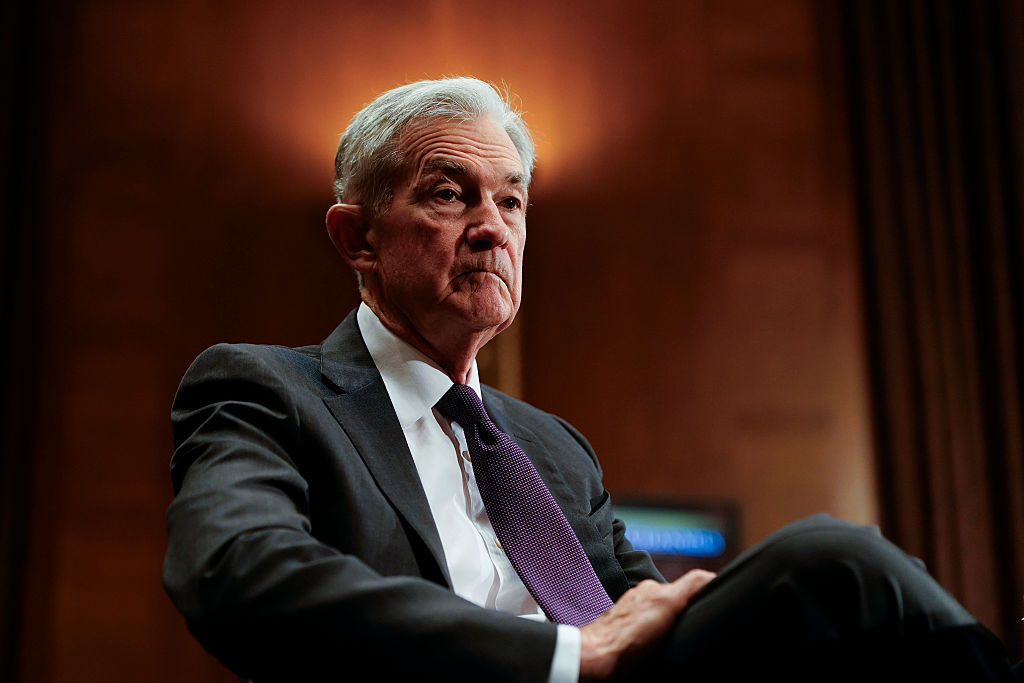 Will Donald Trump sack Jerome Powell, the Federal Reserve chief?
Will Donald Trump sack Jerome Powell, the Federal Reserve chief?It seems clear that Trump would like to sack Jerome Powell if he could only find a constitutional cause. Why, and what would it mean for financial markets?
-
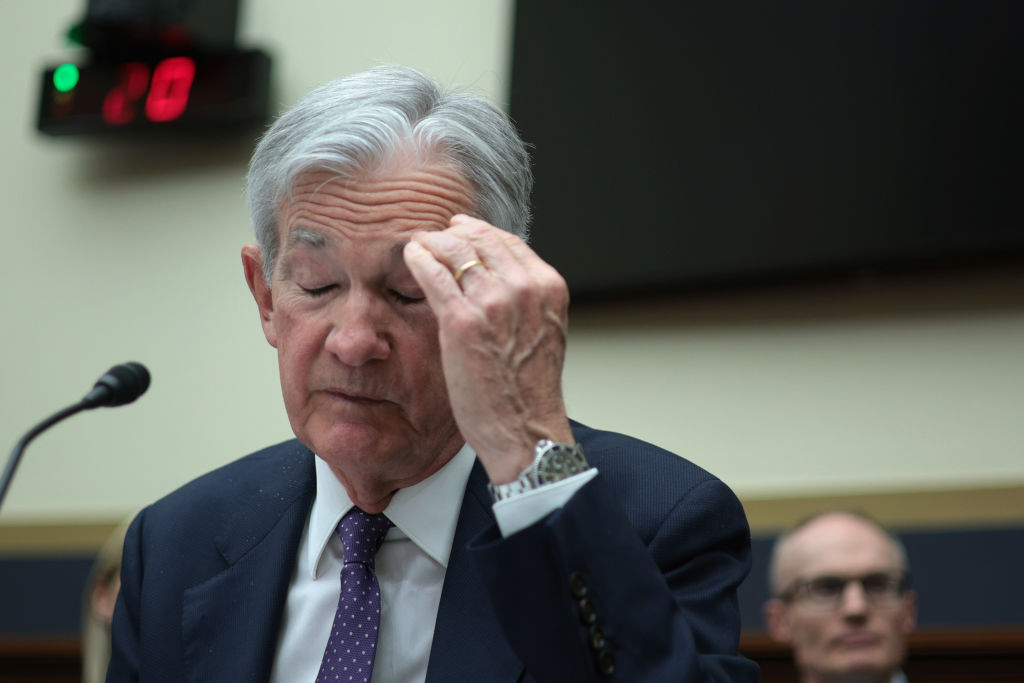 Can Donald Trump fire Jay Powell – and what do his threats mean for investors?
Can Donald Trump fire Jay Powell – and what do his threats mean for investors?Donald Trump has been vocal in his criticism of Jerome "Jay" Powell, chairman of the Federal Reserve. What do his threats to fire him mean for markets and investors?
-
 Do we need central banks, or is it time to privatise money?
Do we need central banks, or is it time to privatise money?Analysis Free banking is one alternative to central banks, but would switching to a radical new system be worth the risk?
-
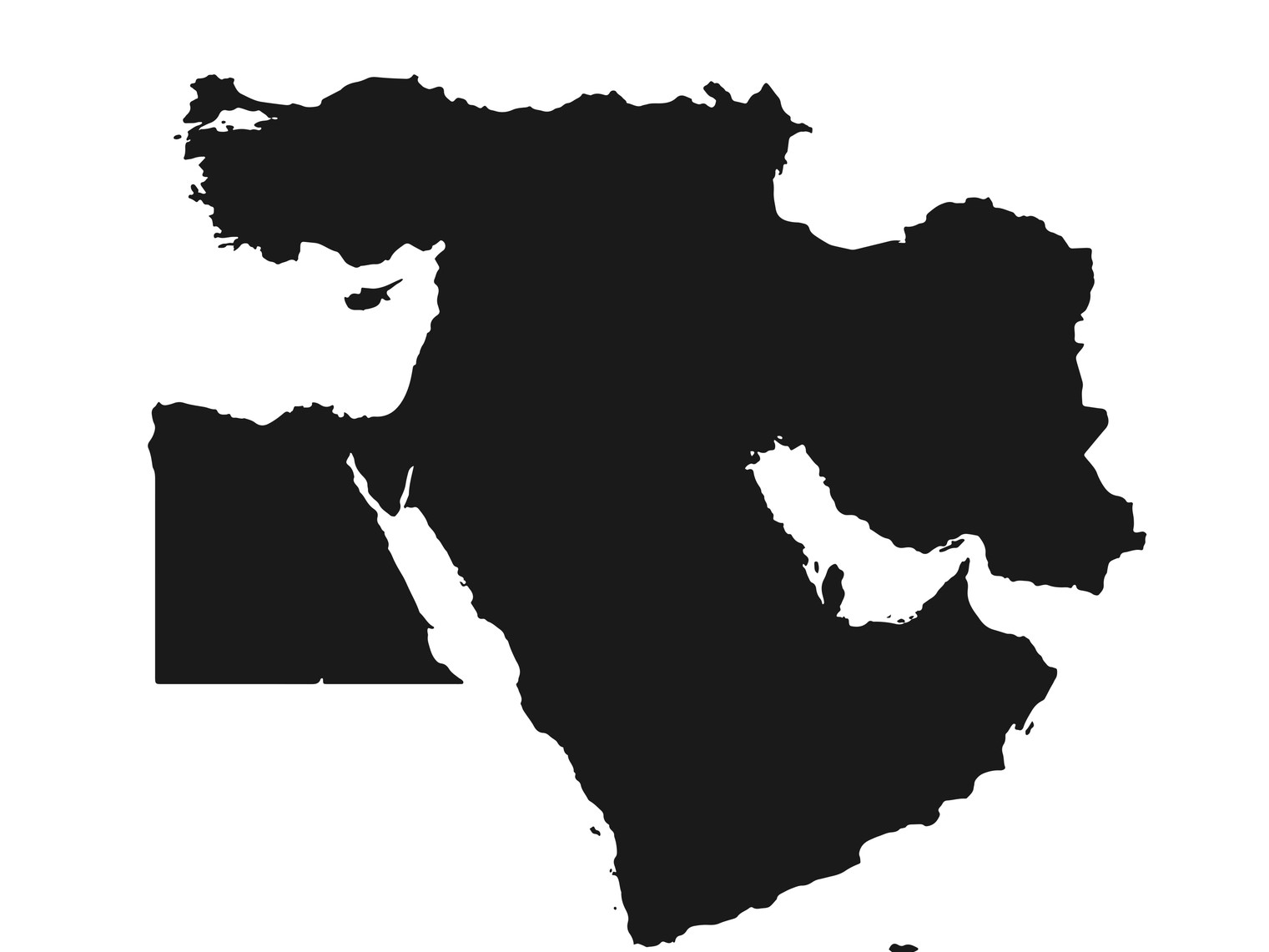 Will turmoil in the Middle East trigger inflation?
Will turmoil in the Middle East trigger inflation?The risk of an escalating Middle East crisis continues to rise. Markets appear to be dismissing the prospect. Here's how investors can protect themselves.
-
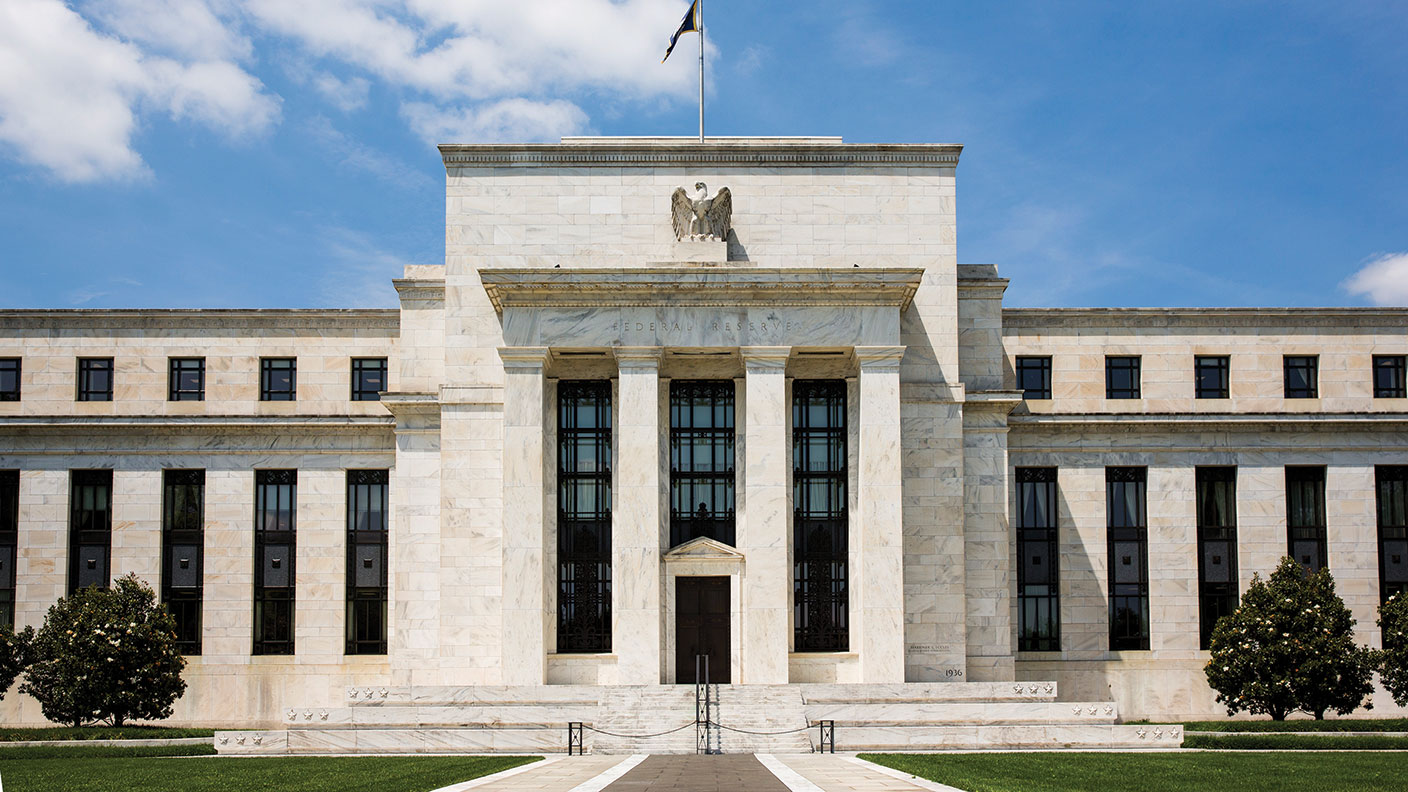 Federal Reserve cuts US interest rates for the first time in more than four years
Federal Reserve cuts US interest rates for the first time in more than four yearsPolicymakers at the US central bank also suggested rates would be cut further before the year is out
-
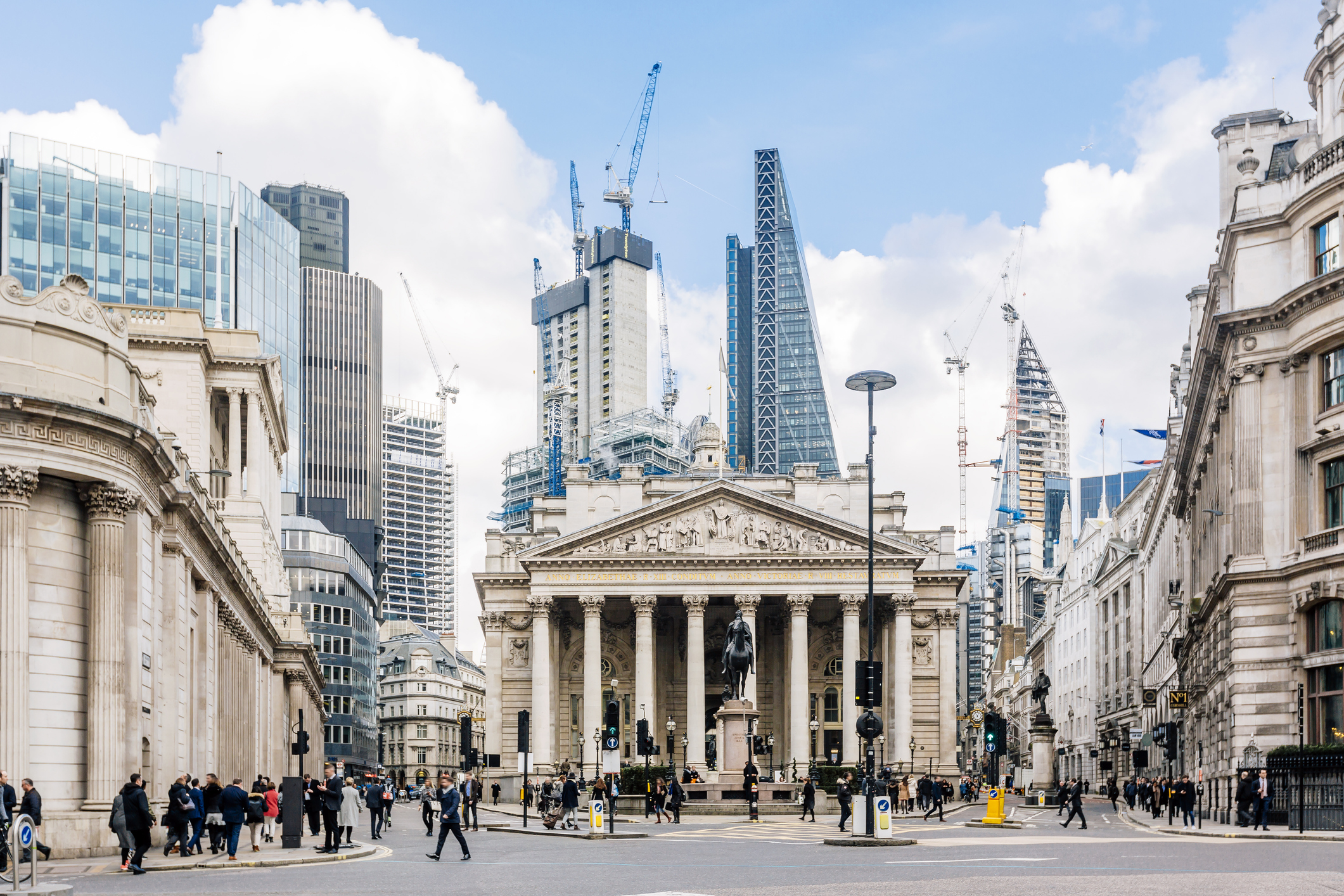 The Bank of England can’t afford to hike interest rates again
The Bank of England can’t afford to hike interest rates againWith inflation falling, the cost of borrowing rising and the economy heading into an election year, the Bank of England can’t afford to increase interest rates again.
-
 Interest rates held at 5.25% again
Interest rates held at 5.25% againThe Bank of England has kept rates at 5.25% again, in a widely anticipated move. We look at what it means for your money - and what the Bank’s next move could be
